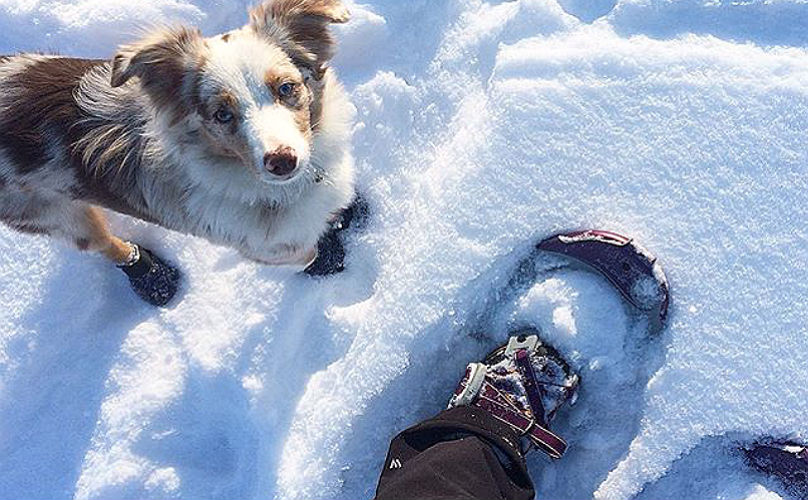One of the many burdens that someone with diabetes has to suffer with is the task of constantly monitoring their blood sugar levels. For some people, this means pricking their finger every hour to test their blood for normal levels of glucose. For others, it means employing the help of a Diabetic Alert Dog to assist with this daunting task. A Diabetic Alert Dog is highly trained to alert someone with diabetes when their glucose levels fall out of a normal range.
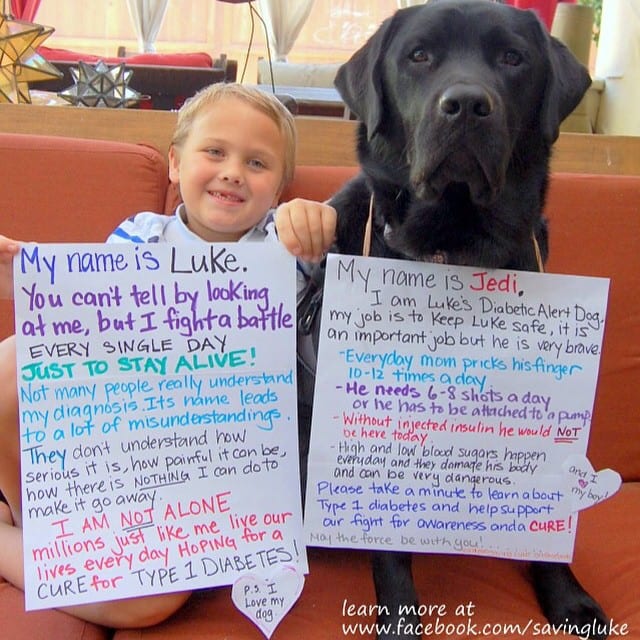

Through practice a Diabetic Alert Dog can learn to detect dropping or rising glucose levels 30 minutes before their handler experiences any symptoms. This allows a diabetic person enough time to check their glucose levels and take the steps necessary to avoid serious complications. Some Diabetic Alert Dogs are also trained to get help or retrieve medical supplies.


Diabetic Alert Dog can be especially helpful during situations where it’s difficult for someone to check their blood sugar with a medical device (i.e. during sleep, a business meeting, exercise, or while driving). Many people that suffer from diabetes have to wake up several times a night and check their blood sugar levels or they might go into a diabetic coma while they are sleeping.
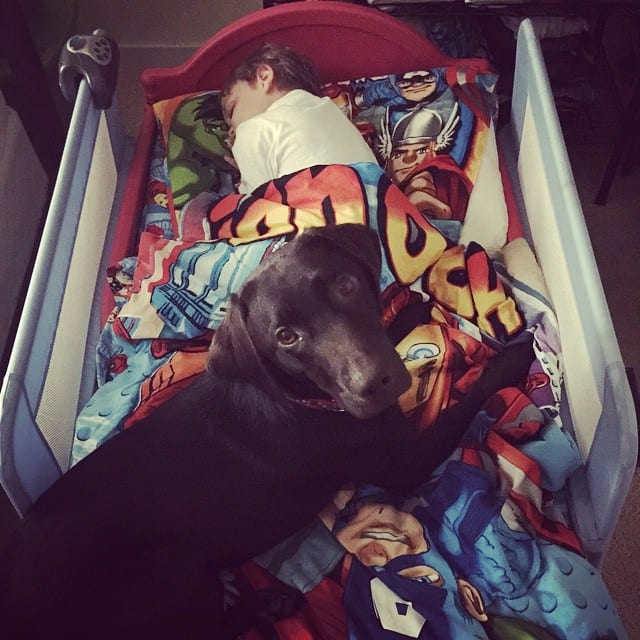

So how are these amazing dog’s trained? The training for a Diabetic Alert Dog varies depending on the organization or trainer. The most highly trained Service Dogs are bred for the job and are trained from birth until they are around 18 months of age (sometimes more). Some organizations however aren’t breed specific and will train any dog with a strong nose and a willingness to work.
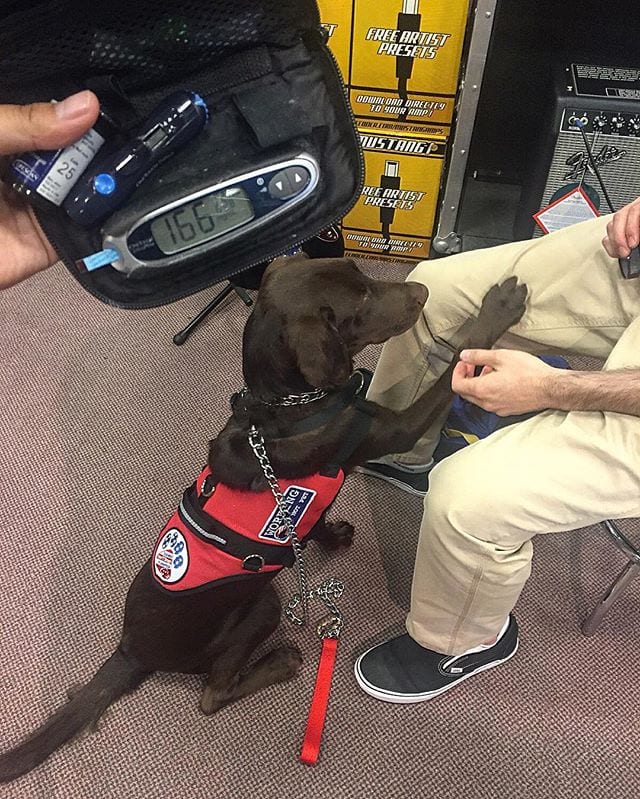

All Service Dog training begins with socialization and obedience training. During socialization trainers expose their dogs to a variety of environments, objects, smells, and sounds. The goal is to make the dog feel comfortable around anything that might arouse or scare them.
[bp_related_article]
Because public access laws grant Service Dogs access to any business or area where the public is allowed, it’s important that a dog can be calm and perform their job in different environments, and under a variety of circumstances.
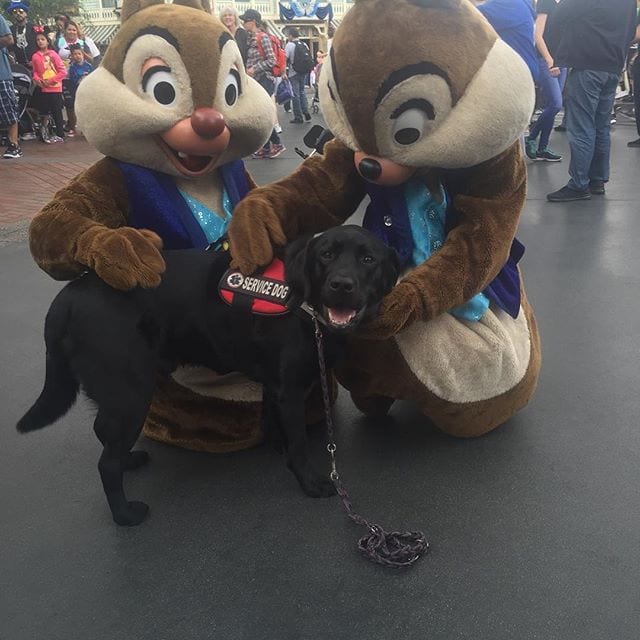

The second stage involves more specialized training similar to other dogs trained to do scent detection work (i.e. a drug dog, bomb dog, etc). Dogs 4 Diabetics, an organization that trains and places Diabetic Alert Dogs to insulin-dependent diabetics (people with type 1 diabetes), trains their dog’s to identify a hypoglycemic scent, obtained from a diabetic while their blood sugar level is below 70.


By pairing treats with the particular smell, the dog is trained to identify the scent and alert their handler when the scent is detected.The method by which a dog alerts it’s handler can vary. Some dogs are trained to alert their handler by pressing their nose against them, or by jumping on them. Other dogs are trained to hold a soft toy, called a bringsel, in their mouth when they detect the scent. The toy hangs from the dog’s collar so it’s always available.
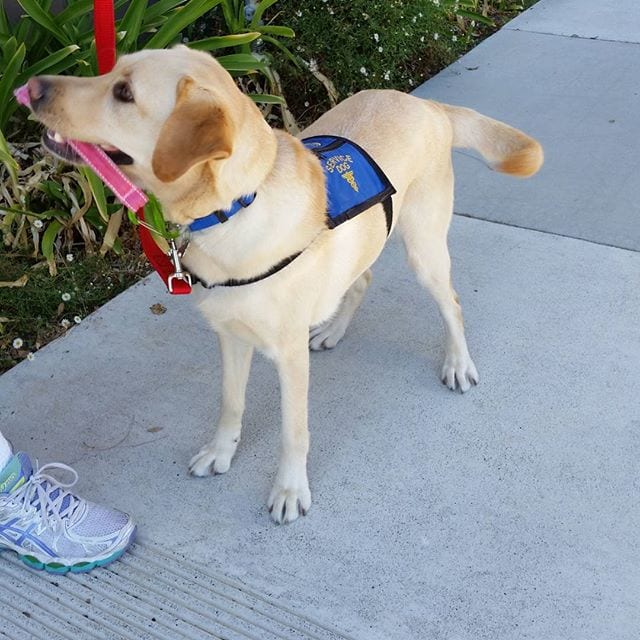

So how can a dog detect abnormal glucose levels in someones blood before they experience any symptoms? Some scientist believe that dogs can smell the chemical changes of rapidly decreasing blood sugar levels on a persons breath (similarly to the way a breathalyzer works). However, many scientist believe that this hypothesis is simply a hypothesis, and that there isn’t enough reliable data to prove that it’s true. Dr. Mark L. Evans, a researcher at Cambridge University believes that a large part of it has to do with a dogs ability to “assimilate information from a range of cues: olfactory, [and] behavioral.” and that a dogs attachment to their owner also plays a critical role.
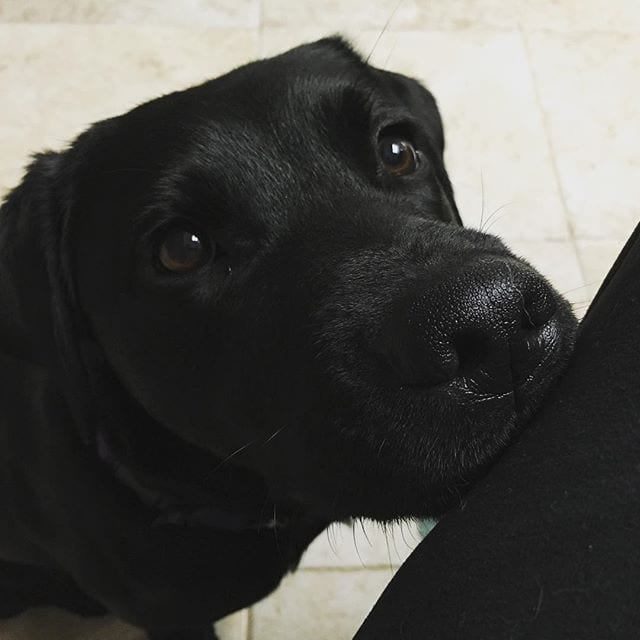

Sources: American Diabetes Association, Dogs4Diabetics, iheartdogs




